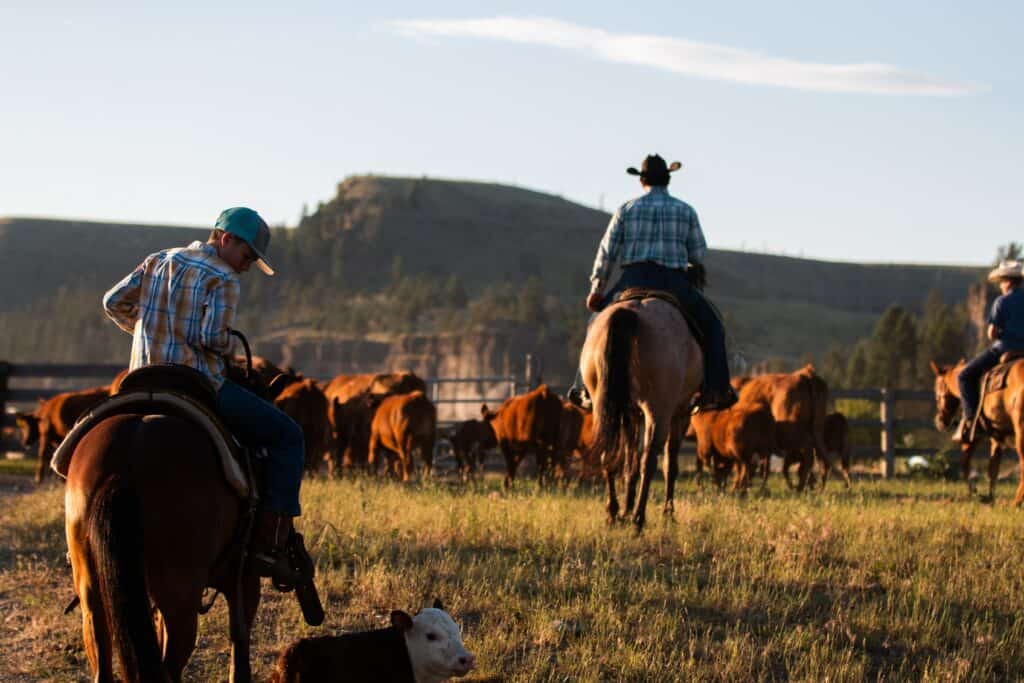The Consumer Financial Protection Bureau (CFPB) is taking a renewed interest in rural banking consumers and the particular effects of some worrisome industry trends on areas of the country with lower population density.
City-dwellers and rural populations do not necessarily experience the same consequences from bank mergers and acquisitions, branch closures, or the rapid push by banks to make mobile banking the primary way they interact with customers. In a recent article, the CFPB lays out a series of data points and feedback they have received from stakeholders in rural communities about the challenges they are facing. Generally older and less wealthy, rural residents have been hit hard as banks close physical locations in their communities.
As NCRC has shown in previous research, bank mergers are driving many branch closures across the country. The pace of these closures has doubled since the start of the pandemic, and there is no indication that branch closures will slow down.
Rural banking is different, as many rural consumers will tell you. As NCRC has shown, rural branch deserts, where no branches exist for ten miles, have been increasing and threaten the rural economies that depend on smaller community banks. Relationships with local lenders are critical for the family farms that remain in operation. A breakdown in capital access for those outfits can have serious spillover effects for whole communities. While the corporate consolidation of food production has shifted many rural workers out of agricultural jobs, the family farms that do remain in business are often key drivers of local economic activity and cornerstones of the local tax base that determines quality and level of public service in remote areas.
The impact of branch closures is felt in both rural and urban communities. But the people who are experiencing those shifts are quite different — and in ways that may make it harder to adapt. Rural consumers tend to be older than non-rural Americans. Only about one in five are racial or ethnic minorities. These more demographically homogeneous places are also historically disadvantaged: 85% of all “persistently impoverished counties” are in rural areas.
Mobile banking is quickly becoming the primary way in which most Americans interact with their bank, yet in rural areas the adoption of mobile banking has lagged behind other parts of the country. Branches are also critical to supporting small businesses in rural areas.
Some of the most compelling aspects of the new article from the CFPB are:
- Median income was $45,000 in rural counties compared to $60,000 in urban counties. Poverty rates were also higher, with 85% of persistently poor counties being rural.
- However, the racial makeup of rural counties varies by location. In the deep south, about 45% of residents in rural counties are Black, in the southwest, about 65% are Hispanic, in the northwest about 45% are Native American, and in the Appalachians about 90% are White.
- Rural consumers are far more likely to have visited a branch in the last year than non-rural consumers, with nine out of every 10 rural consumers visiting a branch at least once in 2019. Four out of every 10 rural consumers visited a branch at least 10 times that year.
- The number of smaller banks has steadily declined over the years. Because of this, rural customers may find it difficult to obtain in-person appointments. The nationwide concentration of banking in fewer and larger companies – a decades-long period where an average of 400 banks merged each year, producing an industry with 72% fewer FDIC-insured institutions than at the 1986 peak – has changed financial life everywhere. But rural America has been hit especially hard: 40% of rural counties lost bank branches rapidly from 2012 to 2017.
- Rural areas are 10 times more likely than urban areas to have bank deserts – a term for a place with zero bank branches in a 10-mile radius. Counterintuitively, these bank deserts also have significantly lower use of online banking.
- Rural areas also have higher rates of customers without a credit record, which makes many forms of credit unavailable to these customers. Due to lower rates of credit use, banks often have to rely on nonbank forms of credit, which tend to be more expensive. Rural households were 77% more likely to use nonbank credit than urban households and 65% more likely than suburban ones.
Patterns of banking use in rural areas often depend on local factors that may be difficult for outsiders to understand. These banks can also often play an important role in local communities, and the loss of them can have damaging effects on the fabric of the community. Larger banks may not be able to fill the same roles. And while larger banks often offer more mobile and online tools, banks that are more “digital” may also see less value in keeping branches open.
More work by regulators and advocates is needed to better understand how to meet the banking needs of rural communities. One of the goals of this research should be to figure out how we can lift rural residents out of persistent poverty.
Banking is one of the key tools for alleviating rural poverty, but its power to do good has been watered down by a number of factors making it harder for rural customers to benefit from credit. Rural residents are best suited to understand the needs of their communities, so the best solution to the problem is to give them more input into decisions made on their behalf.
Jason Richardson is the Senior Director of Research for NCRC.
Paley Whitman is a Research Intern at NCRC.
Photo by Phinehas Adams on Unsplash



